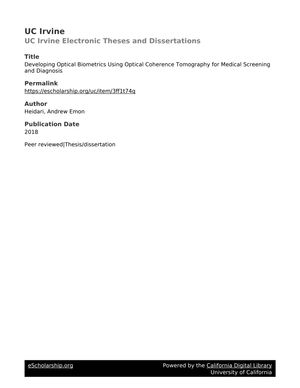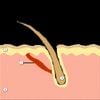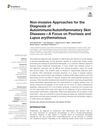Developing Optical Biometrics Using Optical Coherence Tomography for Medical Screening and Diagnosis
January 2018

TLDR OCT can effectively screen and diagnose various medical conditions non-invasively.
The dissertation by Andrew Emon Heidari focused on developing and utilizing Optical Coherence Tomography (OCT) for medical screening and diagnosis across various medical conditions, including ventilator-associated pneumonia (VAP), oral squamous cell carcinoma (OSCC), and androgenic alopecia (AA). For VAP, OCT, along with fluorescence lifetime imaging (FLIM) and terahertz spectroscopy, was used to analyze bacterial biofilm structures. For OSCC, a portable OCT system was developed to differentiate between normal, dysplastic, and malignant oral mucosa, achieving high sensitivity and specificity (90-100%) in a study involving 30 patients. For AA, a 3D scanning handheld microscope probe was employed to observe hair follicle structures, distinguishing between normal and thinning hair with statistical significance (p = 0.00007). The study demonstrated the potential of OCT as a non-invasive, high-resolution imaging modality to address unmet clinical needs in these areas.






